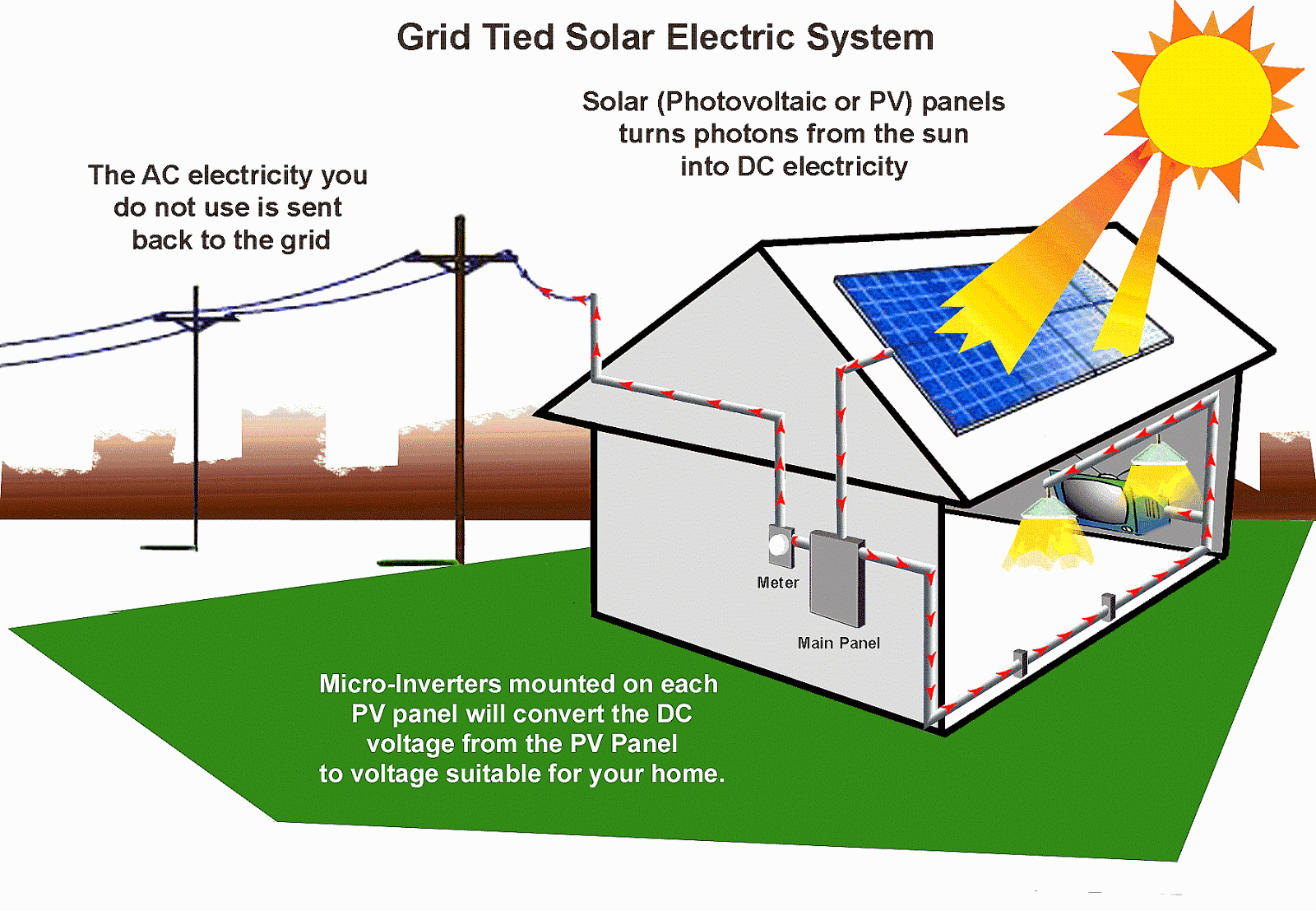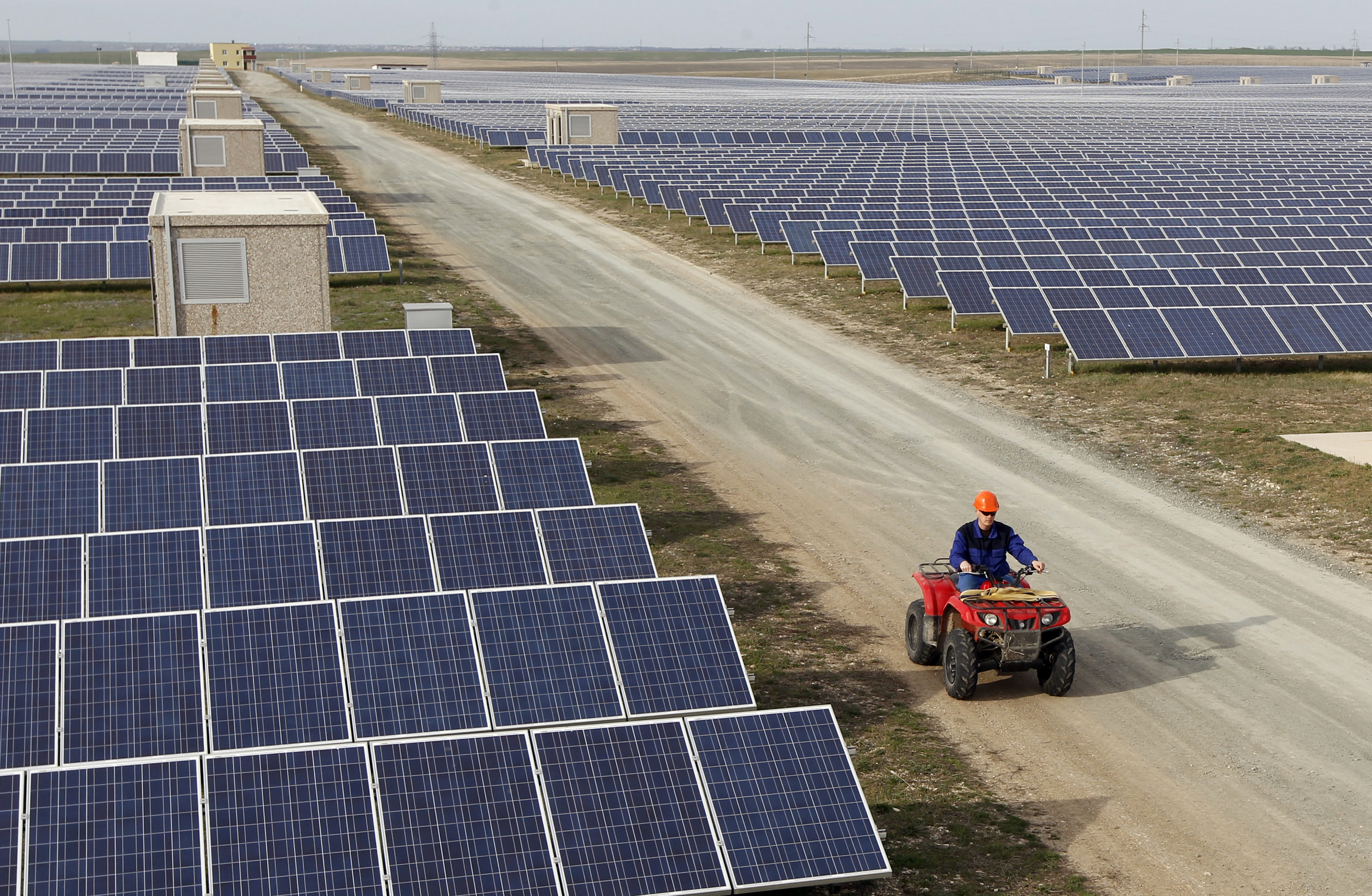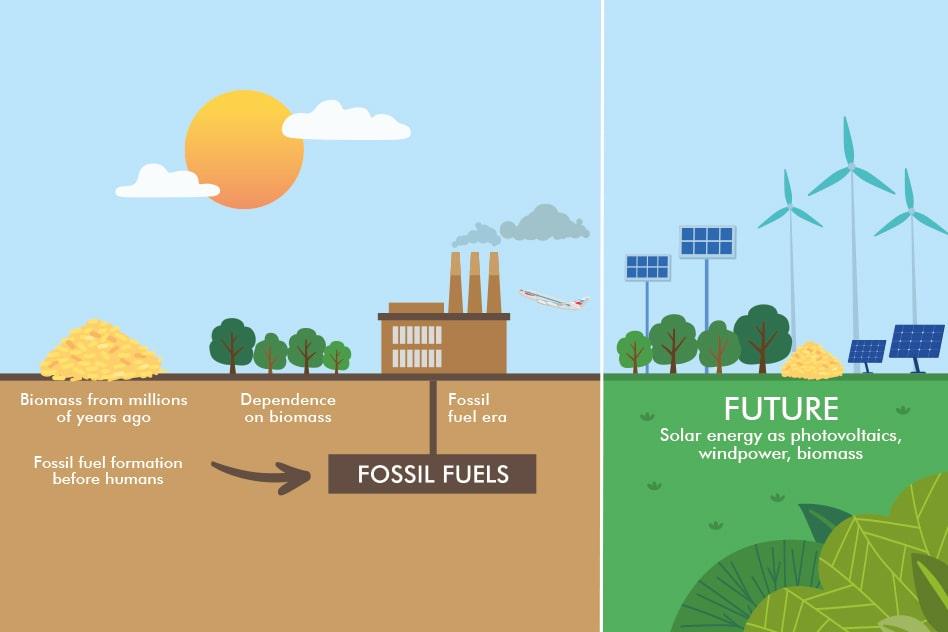Solar energy has long been hailed as the poster child for clean, renewable energy sources. On the surface, it seems like the perfect solution: harnessing the power of the sun, a resource that is abundant, free, and unlikely to disappear for billions of years. Who wouldn’t love the idea of powering their home without worrying about rising energy bills or fossil fuel emissions?
But here’s the kicker—solar energy might not be as squeaky clean and sustainable as it seems. Beneath its sunny exterior lie some significant challenges that many people overlook. From environmental concerns during production to issues with waste and resource use, solar energy has its fair share of skeletons in the closet.

What Is Solar Energy?
At its core, solar energy is the process of capturing sunlight and converting it into usable electricity or heat. This is typically achieved through solar panels, also known as photovoltaic (PV) systems, which transform sunlight into electricity using semiconductor materials like silicon. There’s also solar thermal energy, which uses mirrors to concentrate sunlight and generate heat for large-scale applications like power plants.
The appeal of solar energy lies in its renewable nature—the sun isn’t going anywhere anytime soon. Every hour, the Earth receives more energy from the sun than the entire world consumes in a year. It sounds almost too good to be true, right? Well, as with most things, there’s a catch.
What Does “Sustainability” Mean?
Before we dive into the cracks in solar energy’s armor, let’s clarify what sustainability means. In the context of energy, sustainability goes beyond the idea of being renewable. It’s about meeting today’s needs without compromising future generations’ ability to meet theirs. This involves evaluating:
- Environmental Impacts: Does the energy source harm ecosystems, deplete resources, or produce waste that cannot be managed sustainably?
- Economic Viability: Is it affordable and scalable, or does it require ongoing subsidies or high costs that limit its accessibility?
- Social Impacts: Does it support equitable access to energy while avoiding exploitation or harm to communities?
When we assess solar energy against these criteria, it quickly becomes clear that while it checks some boxes, it falls short in others. Let’s dig deeper into the environmental aspect first, where things get particularly cloudy.
The Illusion of Perfection
Here’s where solar energy’s sustainability claims start to falter. While the energy itself—sunlight—is clean and renewable, the processes and materials involved in capturing that energy can create significant environmental burdens. It’s a classic case of “what you see isn’t always what you get.”
Fun Fact: Did you know that the energy used to manufacture a single solar panel can take up to two years to offset through the clean energy it produces? It’s like buying a reusable water bottle and needing 1,000 refills to make up for the environmental cost of producing it. Solar panels face a similar dilemma.

Environmental Challenges of Solar Energy
The Carbon Footprint of Solar Panel Manufacturing
Solar panels may generate clean electricity, but the story begins long before they’re installed on rooftops or solar farms. Manufacturing solar panels is an energy-intensive process that involves mining raw materials, purifying them, and assembling the panels. Here’s the kicker: much of this process relies on fossil fuels.
- Energy-Intensive Production: The primary material used in most solar panels is silicon, which must be purified to extremely high levels—up to 99.9999% purity. This process, called “polysilicon production,” consumes a staggering amount of electricity, and in countries like China, where much of this manufacturing takes place, that electricity often comes from coal-fired power plants.
- Carbon Emissions: Research suggests that producing one solar panel emits about 40-50 grams of CO2 per kilowatt-hour of its energy output. While this is far lower than the emissions from coal or gas power plants, it’s still not zero.
Case Study: A 2020 report by Harvard found that the emissions from solar panel manufacturing in China could take up to five years to offset through clean energy production—much longer than previously assumed. This means that while solar energy eventually reduces emissions, the up-front carbon debt is substantial.
Resource Extraction and Mining Impacts
The materials needed to make solar panels aren’t plucked out of thin air. They come from mining operations, which can wreak havoc on the environment and local communities.
- Rare Materials: Solar panels often use rare materials like silver, cadmium, and indium. Mining these materials can lead to deforestation, soil erosion, and water pollution.
- Toxic Byproducts: Extracting and refining these materials generates toxic byproducts. For instance, cadmium, used in some thin-film solar panels, is a carcinogen and can contaminate water supplies if not handled properly.
- Local Impacts: Many of the raw materials are mined in developing countries, where environmental regulations are lax, and communities often bear the brunt of pollution and displacement.
Sobering Statistic: According to a study by the National Renewable Energy Laboratory (NREL), mining one ton of rare materials for solar panels produces roughly 1,000 tons of waste rock.
Solar Panel Waste and End-of-Life Issues
While solar panels have a lifespan of about 25-30 years, what happens when they reach the end of their life? The answer: not much, and that’s a big problem.
- Limited Recycling Infrastructure: Recycling solar panels is complex and expensive. Separating valuable materials like silicon and silver from the glass and plastic layers requires specialized processes that aren’t widely available.
- Growing Waste Problem: By 2050, it’s estimated that there will be 78 million tons of solar panel waste worldwide. Without proper recycling systems, much of this waste will end up in landfills, where it can release toxic substances like lead and cadmium.
Real-World Example: In 2021, the European Union, which has one of the most advanced solar recycling systems, recycled less than 10% of its retired solar panels. This shows that even in regions with strong environmental policies, solar waste management is still in its infancy.
Land Use and Habitat Destruction
Building large-scale solar farms requires a significant amount of land, often in regions with abundant sunlight. While this sounds harmless, it can disrupt ecosystems and threaten wildlife.
- Habitat Loss: Clearing land for solar farms can destroy habitats for plants and animals, particularly in desert ecosystems, where many solar farms are located.
- Land Competition: In densely populated regions, solar farms may compete with agriculture or residential development, leading to difficult trade-offs.
- Reflection and Heat Effects: Solar panels can create “heat islands” and reflective glare that affect nearby wildlife and vegetation.
Case Study: In California, the Ivanpah Solar Power Facility spans over 3,500 acres in the Mojave Desert. While it generates clean energy, it has faced criticism for displacing desert tortoises, a federally protected species, and for causing bird deaths from the intense heat created by its solar mirrors.

Economic and Social Limitations of Solar Energy
High Initial Costs
Let’s talk money. While the cost of solar panels has dropped significantly over the past decade, installing a solar energy system is still far from cheap.
- Upfront Expenses: On average, installing solar panels for a typical home in the U.S. costs between $15,000 and $25,000 before incentives. For commercial or large-scale solar farms, the costs are even steeper.
- Long Payback Period: While solar energy systems can save homeowners money on electricity bills, the payback period (the time it takes to recoup the initial investment) often ranges from 6 to 12 years, depending on factors like location, energy prices, and available incentives. For people on tight budgets, that’s a long time to wait for savings.
- Cost Barriers for Developing Nations: For countries with limited financial resources, the high initial investment required for solar infrastructure makes widespread adoption difficult.
Fun Fact: In sunny states like California, homeowners may see faster returns on investment compared to places like Alaska, where sunshine is a rare commodity. Solar panels without the sun are like a treadmill that turns into a coat rack—well-intentioned but not exactly useful.
Energy Inefficiency and Intermittency
The sun may be a reliable source of energy, but it doesn’t work on your schedule. Solar energy faces two significant challenges: intermittency and inefficiency.
- Intermittency: Solar panels only generate electricity when the sun is shining, meaning energy production halts at night or during cloudy days. Unless you pair your system with a battery storage solution, you’re still reliant on the grid or backup power sources.
- Inefficiency: Even under optimal conditions, most solar panels convert only 15-22% of the sunlight they receive into usable electricity. In other words, a significant amount of the sun’s energy goes to waste.
Reality Check: Intermittency becomes a glaring problem in regions with unpredictable weather. For example, in Germany—a leader in solar energy—cloudy winters mean solar systems sometimes operate at just 10-15% of their capacity.
Dependence on Government Subsidies
The economics of solar energy wouldn’t look nearly as rosy without the help of government incentives.
- Tax Credits and Incentives: In many countries, solar energy is supported by tax credits, rebates, and grants. For example, in the U.S., the federal solar tax credit offers a 30% deduction on installation costs. While helpful, these subsidies aren’t guaranteed forever.
- Market Vulnerability: If governments phase out or reduce these incentives, the cost of solar energy could skyrocket, making it less attractive to homeowners and businesses.
- Uneven Access: Subsidies often benefit those who can already afford solar installation, creating inequities in energy access.
Case Study: In 2017, when Spain slashed its solar subsidies, the country’s solar market took a nosedive, highlighting how reliant the industry is on government support.
Ethical Concerns in Supply Chains
Behind the shiny panels, there are darker stories in the solar energy supply chain.
- Labor Exploitation: Reports have uncovered forced labor practices in regions where materials like polysilicon are mined or processed. For instance, some polysilicon used in solar panels is sourced from Xinjiang, China, a region linked to human rights abuses against Uyghur communities.
- Monopolized Supply Chains: The production of key materials for solar panels is concentrated in a few countries, leading to supply chain vulnerabilities and geopolitical tensions.
- Environmental Injustice: Communities near mining sites often experience poor air and water quality, with little benefit from the profits made by mining corporations.
Sobering Thought: A greener future for some shouldn’t come at the cost of exploitation and environmental degradation for others. Addressing these ethical challenges is critical to making solar energy more sustainable in every sense of the word.
These economic and social limitations reveal that solar energy’s challenges go beyond just the environmental sphere.